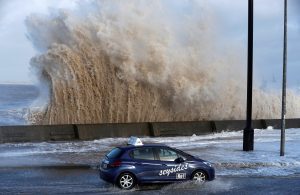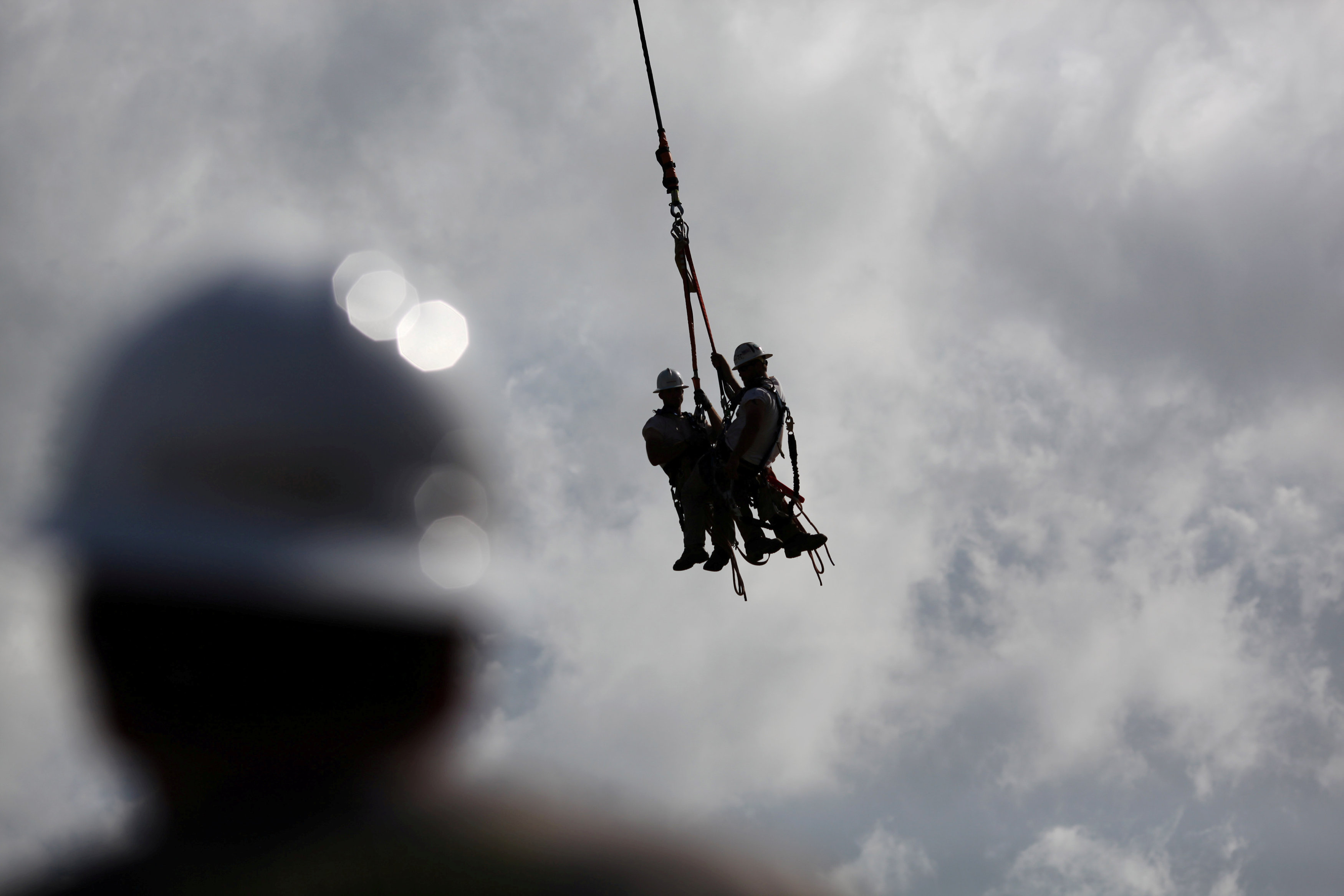
By Scott Malone
BOSTON (Reuters) – Driving snow enveloped the U.S. Northeast on Tuesday in its third winter storm in two weeks, closing schools, canceling flights and knocking out power to about 140,000 homes and businesses.
The nor’easter was forecast to drop up to 20 inches (51 cm) of snow. It followed two storms that rumbled up the East Coast this month, killing at least nine people and knocking out power to about 2.4 million homes and businesses at their peak.
The storm stretched from New York state to Connecticut, Vermont, New Hampshire, Massachusetts, Rhode Island and Maine. Forecasters warned of blizzard conditions, where high winds make travel dangerous, from coastal Massachusetts through Maine.
“We’re anticipating that we’ll be seeing through the mid- to late morning and probably into midafternoon snowfall rates of 1 to 3 inches per hour (up to 7.6 cm),” said Bob Thompson, a meteorologist with the National Weather Service in Taunton, Massachusetts.
About 140,000 homes and businesses in Massachusetts, Rhode Island and New Jersey lost power as the storm downed trees and power lines.
“As soon as the snow stops and the wind stops blowing, we will be pushing the utilities to give people a sense of when the power will come back on,” Massachusetts Governor Charlie Baker told reporters on Tuesday. “They will move quickly and aggressively to deal with this once the snow stops.”
Schools in Boston and Providence, Rhode Island, were shut on Tuesday, Maine’s state legislature canceled its session, Connecticut Governor Dannel Malloy closed all government offices and the Amtrak passenger rail line halted service between Boston and New York.
More than 1,500 U.S. flights were canceled, according to tracking service FlightAware. The hardest-hit airport was Boston Logan, where about four out of five flights were called off.
Nor’easters are storms that typically bring strong winds from the northeast, and they tend to occur most often and most violently between September and April along the East Coast, the National Oceanic and Atmospheric Administration says.
Some nor’easters carry hurricane-force winds. Winds were expected to reach 65 miles (105 km) per hour, forecasters said.
This storm’s heavy snow could down trees weakened by the last two storms and bring a fresh wave of power outages, officials warned.
Lower tides meant the storm would probably not bring a repeat of the flooding that sent icy water pouring into the streets of Boston during a storm early this month, forecasters and officials said.
(Reporting by Scott Malone; additional reporting by Scott DiSavino in New York; editing by Bill Rigby and Jonathan Oatis)










